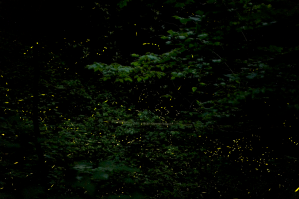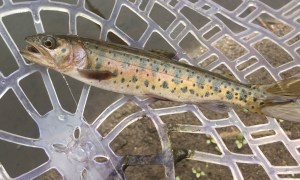Discover stories in Habitat Loss
Restoring Old-Growth Forests in the Pacific Northwest: Lessons from TNC’s Ellsworth Creek Preserve
Scientists are evaluating 15 years of forest management at TNC’s Ellsworth Creek Preserve to inform large-scale forest restoration efforts.
Prioritizing Land Protection to Save Mammals from Extinction
A new study identifies habitats where strengthening existing conservation protections can reduce extinction risk for mammals.
How To Bring Back the Prairie, a Tiny Bit at a Time
A former veggie farmer talks “prairie strips” and the effort to bring the prairie back into a Midwestern farm.
Quick and Dirty (Really Dirty) Guide to Bison: Keystone Species Edition
The ways bison graze, poop and wallow touch on everything about the ecology of a prairie. But well, it can be a little messy.
Forest Management Can Keep Carbon in Forests and Protect Communities from Wildfire in the American West
The U.S. is investing billions of dollars to reduce forest fire risks. New research maps the hot spots where investments in strategic forest management could offer the biggest payoff for people and climate.
Solar Energy Development Doesn’t Have to Destroy Vital Habitat (but It Could)
With careful planning, the U.S. could produce needed solar energy and still protect lands important for animal movement and migration.
What It’s Like to Document California’s Disappearing Kelp Forests
Documentary filmmaker Tyler Schiffman turns his camera onto the people rushing to save a marine ecosystem on the verge of collapse.
Want To Help Researchers Understand Fireflies?
Take a new look at the flashing fireflies in your backyard.
For the Love of Cutthroat Trout
Why go to the trouble to catch 8-inch trout in remote streams?
Cool and Overlooked Critters of the Sagebrush Sea
Move over sage grouse: here are 9 other cool critters of the sagebrush-steppe.
Make Lithium Extraction in the U.S. “Smart from the Start”
While the U.S. has potential to be a global lithium producer, careful planning will be required to avoid and limit damage near potential extraction sites.
Protecting and Restoring the Floodplain Forest
Floodplain forests are among the most biologically rich habitats, but they’re critically imperiled.











